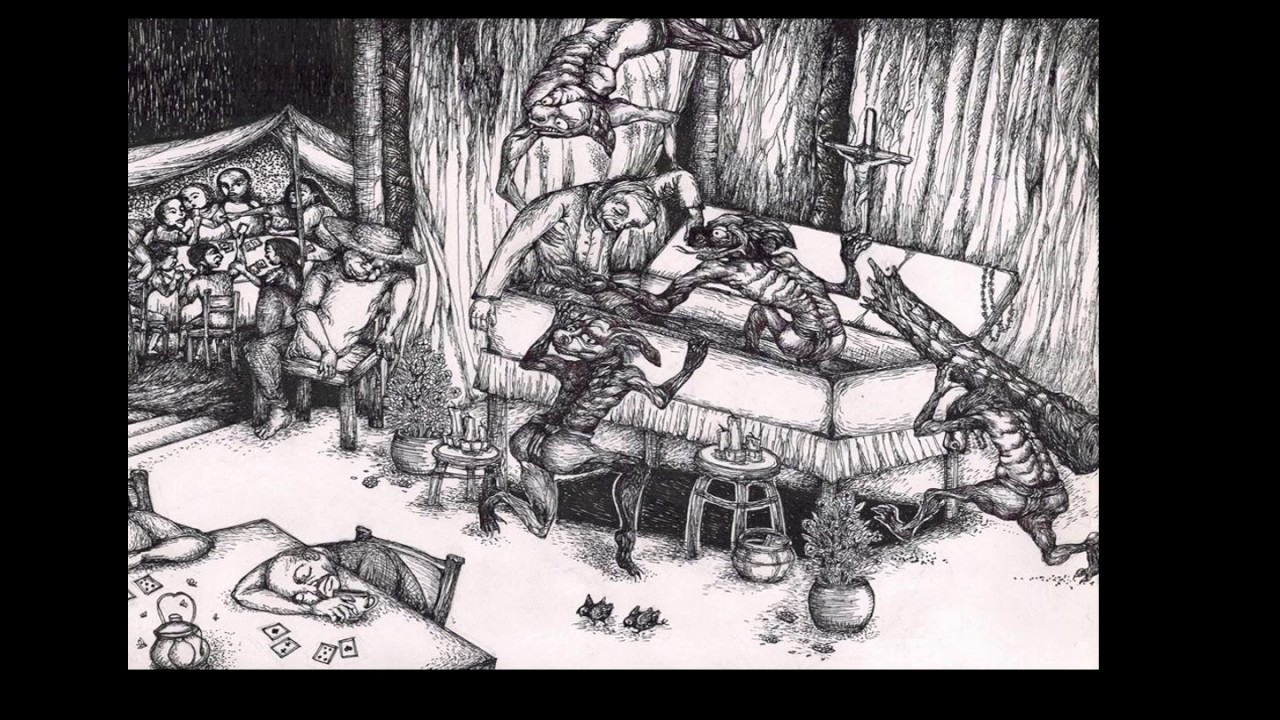October 6, 2024
Summary
TLDRThe transcript consists of repeated elements of music interspersed with minimal spoken words, primarily 'Ah' and 'N'. The pattern appears rhythmic and cyclical, likely contributing to a musical or auditory experience. While the script itself is minimalistic in terms of dialogue, the emphasis on musical cues suggests the focus is on sound and rhythm, possibly for an artistic or experimental presentation that relies heavily on audio elements to create a particular atmosphere.
Takeaways
- 🎶 The script contains a lot of music or audio sequences.
- 🔊 There is repetition of the sound 'あ' interspersed with music.
- 🌀 The letter 'N' appears a couple of times, likely as a transition or background element.
- 🔁 Several music sequences are repeated, making it a core element of the script.
- 📝 The script is mostly non-verbal, consisting primarily of music and simple sound expressions.
- 🔔 There is no detailed verbal dialogue or clear conversational content, emphasizing a rhythmic flow.
- 🎧 It seems to focus more on auditory experience than on conveying complex information.
- 🎵 Sound effects and music take the spotlight, dominating the majority of the script.
- 🕰 The structure and repetition imply a rhythmic or pattern-based design.
- 📱 This content may be designed for a media or entertainment-focused context, possibly a music video or audio-based app.
Q & A
What is the overall tone or mood of the script?
-The script suggests a rhythmic and musical tone, with repeated mentions of '[音楽]' (which means 'music' in Japanese). The repetition indicates a focus on sound or melody.
What does '[音楽]' refer to in the context of this script?
-'[音楽]' translates to 'music' in English. It likely indicates that there are musical segments in the video or audio file.
Why are there so many repetitions of '[音楽]' in the script?
-The repetitions might suggest background music playing consistently throughout the script or highlight musical emphasis at different points in the audio or video.
What could the 'あ' and 'N' syllables represent?
-These sounds may represent filler words, vocal expressions, or attempts to articulate something within the musical context. They could be stylistic choices to add rhythm or express an emotion.
Is there a pattern in the way the script is structured?
-Yes, the script shows a structured repetition, alternating between '[音楽]' and 'あ' or 'N' sounds. This could be a deliberate artistic choice, like a refrain or chorus in a musical piece.
Does the script indicate any particular language or cultural influence?
-The use of Japanese characters like '[音楽]' and 'あ' suggests a Japanese language or cultural influence. This may imply that the content is intended for a Japanese-speaking audience or draws on Japanese media styles.
What could the repeated use of '1' signify in the script?
-The appearance of '1' in the script could indicate a section or timestamp, or it may be a reference to a specific moment of importance within the video or audio.
What are some potential genres that this script could belong to?
-Given the repetitive nature and focus on musical elements, the script could belong to genres like experimental music, sound art, or a performance piece.
What kind of audience might be interested in this type of content?
-An audience interested in avant-garde music, experimental sound design, or non-traditional video formats might find this content engaging. Fans of minimalist or abstract audio-visual content might also appreciate it.
What are possible next steps to enhance the understanding of this script?
-Listening to the actual audio or watching the corresponding video would provide better context. Analyzing the tone, pace, and musical elements would help clarify the intent and meaning behind the repetitions and sounds.
Outlines

This section is available to paid users only. Please upgrade to access this part.
Upgrade NowMindmap

This section is available to paid users only. Please upgrade to access this part.
Upgrade NowKeywords

This section is available to paid users only. Please upgrade to access this part.
Upgrade NowHighlights

This section is available to paid users only. Please upgrade to access this part.
Upgrade NowTranscripts

This section is available to paid users only. Please upgrade to access this part.
Upgrade Now5.0 / 5 (0 votes)





